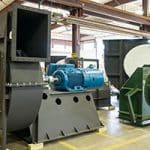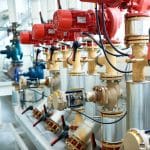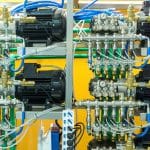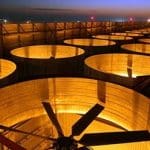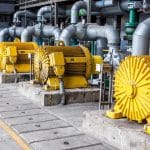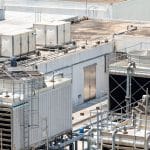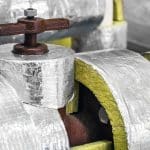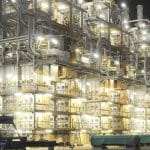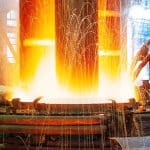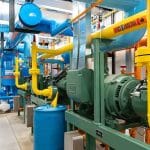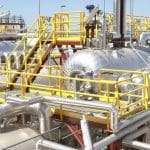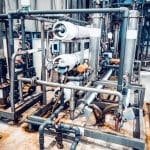Dear Reader:
ScienceDirect.com tells us: “Anthropogenic emissions of greenhouse gases have perturbed the Earth’s energy budget, changed Earth’s climate, and are projected to result in considerable climatic change over the next decades to millennia. Examples of physical climate change impacts are an increase of average surface air temperatures, melting of glaciers and ice sheets, sea-level rise, and changes in precipitation patterns. These physical changes are projected to considerably affect natural and economic systems, for example, by increased heat stress, changed water availability, and increased flooding probabilities.”
It’s very difficult to see, or worse yet be a part of, any of the hundreds, if not, thousands of extraordinary global weather phenomena since 2005’s Katrina, and not know that man must take some responsibility for the warming of the Earth.
Fossil fuel use in industry, fuel production in refineries, and electricity generation are the main activities responsible for anthropogenic emissions, and sulphur dioxide represents by far the greatest percentage of this type of emissions. Two thirds of SO2 found in the atmosphere come from electric power generators specifically.
The primary byproduct of this material is acid rain. The students site of the EPA tells us that:
“Acid rain can be extremely harmful to forests. Acid rain that seeps into the ground can dissolve nutrients, such as magnesium and calcium, that trees need to be healthy. Acid rain also causes aluminum to be released into the soil, which makes it difficult for trees to take up water. Trees that are located in mountainous regions at higher elevations, such as spruce or fir trees, are at greater risk because they are exposed to acidic clouds and fog, which contain greater amounts of acid than rain or snow.”
It’s not just the acidity of acid rain that causes problems. Acid rain also contains nitrogen, and this can have an impact on some ecosystems. Nitrogen pollution in our Great Lakes waters is partially responsible for declining fish populations.
While the problem is decreasing – largely as a result of forced decreases in allowable power generator emissions – it has not gone away. Each electron not consumed by a manufacturing facility is simply one that will not become a sulphuric dioxide emission. If you’re contemplating installing a new LED lighting system, the end result will play favorably into this phenomenon, as the system will then draw fewer kWh from the grid. We think the responsible Facilities Manager is motivated to do his/her part in reducing Acid Rain, and are here to assist if/as interested.





